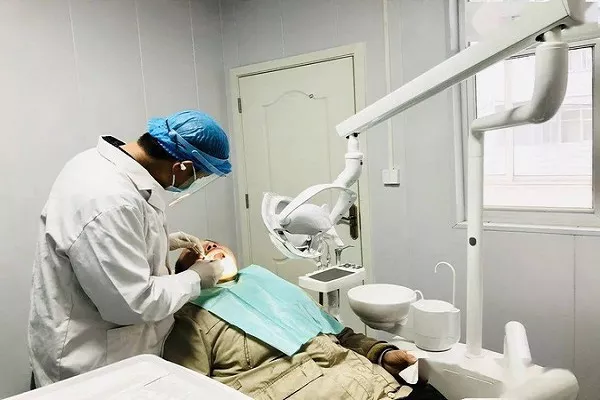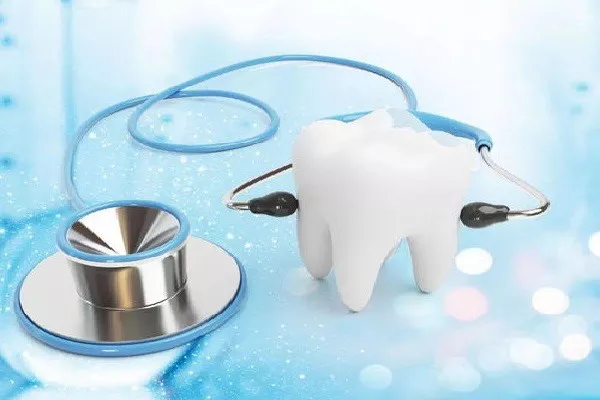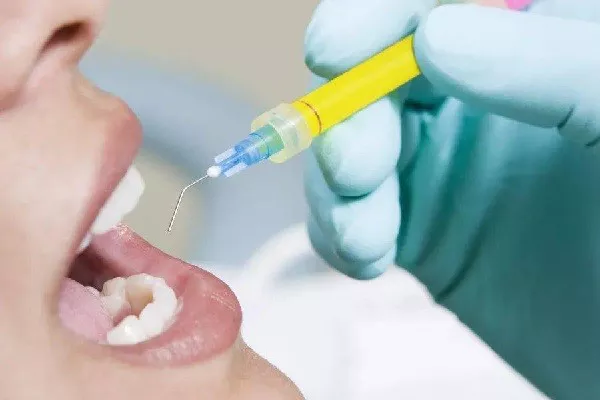Bad breath, medically known as halitosis, is a common oral health concern that can be embarrassing and socially distressing. One of the leading causes of bad breath is gum disease, also known as periodontal disease. Understanding the connection between gum disease and bad breath is crucial for individuals seeking to address this issue effectively. In this comprehensive guide, we will explore why gum disease leads to bad breath, the role of bacteria in this process, and how to manage and prevent bad breath caused by gum disease.
Understanding Gum Disease
Gum disease, or periodontal disease, is an oral health condition that affects the supporting structures of the teeth, including the gums and the bone surrounding the teeth. It is primarily caused by the accumulation of dental plaque, a sticky film of bacteria that forms on teeth. There are two main stages of gum disease:
Gingivitis: Gingivitis is the early stage of gum disease, characterized by gum inflammation. It is often the result of poor oral hygiene practices, such as infrequent brushing and flossing. Gingivitis is generally reversible with proper dental care and good oral hygiene habits.
Periodontitis: If gingivitis is left untreated, it can progress to periodontitis, a more severe form of gum disease. Periodontitis involves the destruction of the supporting structures of the teeth, including the bone. Once periodontitis develops, it cannot be fully reversed, but its progression can be slowed or halted with appropriate treatment.
Why Does Gum Disease Cause Bad Breath?
The link between gum disease and bad breath lies in the role of bacteria and the breakdown of oral tissues. Here’s a closer look at how gum disease leads to bad breath:
Bacterial Overgrowth: In gum disease, the accumulation of dental plaque provides an ideal environment for the proliferation of harmful bacteria. These bacteria release toxins and compounds that contribute to bad breath.
Inflammation and Infection: Gum disease is characterized by gum inflammation and, in more severe cases, infection. This inflammatory response is the body’s defense against the bacteria, but it can also produce an unpleasant odor.
Pus and Abscess Formation: In advanced stages of gum disease, the presence of pus or abscesses around the gums or between teeth can result in a foul-smelling discharge.
Tartar Buildup: Over time, dental plaque can harden into tartar or calculus. Tartar harbors bacteria and is difficult to remove through regular brushing and flossing. The accumulation of tartar can contribute to persistent bad breath.
Gum Recession: As gum disease progresses, the gums may begin to recede or pull away from the teeth. This exposes the tooth roots and can lead to tooth sensitivity and a potential source of bad breath.
Toxin Production: Bacteria in the mouth release volatile sulfur compounds (VSCs) as they break down proteins and food particles. These VSCs, including hydrogen sulfide and methyl mercaptan, have a foul odor, contributing to bad breath.
Dry Mouth: In some cases, gum disease and its associated treatments can lead to dry mouth, a condition known as xerostomia. A lack of saliva can exacerbate bad breath, as saliva helps cleanse the mouth and neutralize acids.
Managing and Preventing Bad Breath Caused by Gum Disease
Addressing bad breath caused by gum disease involves managing the underlying gum disease itself. Here are steps to manage and prevent bad breath:
Maintain Excellent Oral Hygiene: Brush your teeth at least twice a day with fluoride toothpaste and a soft-bristle toothbrush. Floss daily to remove plaque and food particles between teeth.
Regular Dental Check-Ups: Schedule regular dental check-ups and professional cleanings. Your dentist can assess the state of your gums and provide guidance on managing gum disease.
Deep Cleaning: If you have gum disease, your dentist may recommend scaling and root planing, a deep cleaning procedure to remove plaque and tartar from below the gumline.
Antibacterial Mouthwash: Use an antibacterial mouthwash as directed by your dentist to help reduce harmful bacteria in your mouth.
Saliva Stimulation: Stay hydrated and stimulate saliva production by chewing sugar-free gum or sucking on sugar-free candies. This can help combat dry mouth.
Tobacco Cessation: If you smoke or use tobacco products, quitting can significantly improve your oral health and reduce bad breath.
Dietary Modifications: Limit sugary and starchy foods, as they can contribute to bacterial growth. Opt for a balanced diet rich in fruits, vegetables, and whole grains.
Address Medical Conditions: If you have underlying medical conditions contributing to dry mouth or gum disease, work with your healthcare provider to manage these conditions effectively.
Follow Professional Guidance: Comply with your dentist’s recommendations for gum disease treatment and maintenance, which may include additional dental visits and at-home care.
Conclusion
Bad breath caused by gum disease can be a distressing issue, but it is manageable and preventable with proper care and professional guidance. Understanding the role of bacteria, inflammation, and oral tissue breakdown in gum disease-related bad breath is essential for effective management. By maintaining excellent oral hygiene, seeking regular dental care, and addressing gum disease, individuals can enjoy improved oral health and fresh breath. Remember that addressing the underlying gum disease is the key to resolving bad breath caused by this common oral health condition.
Related Topics:































